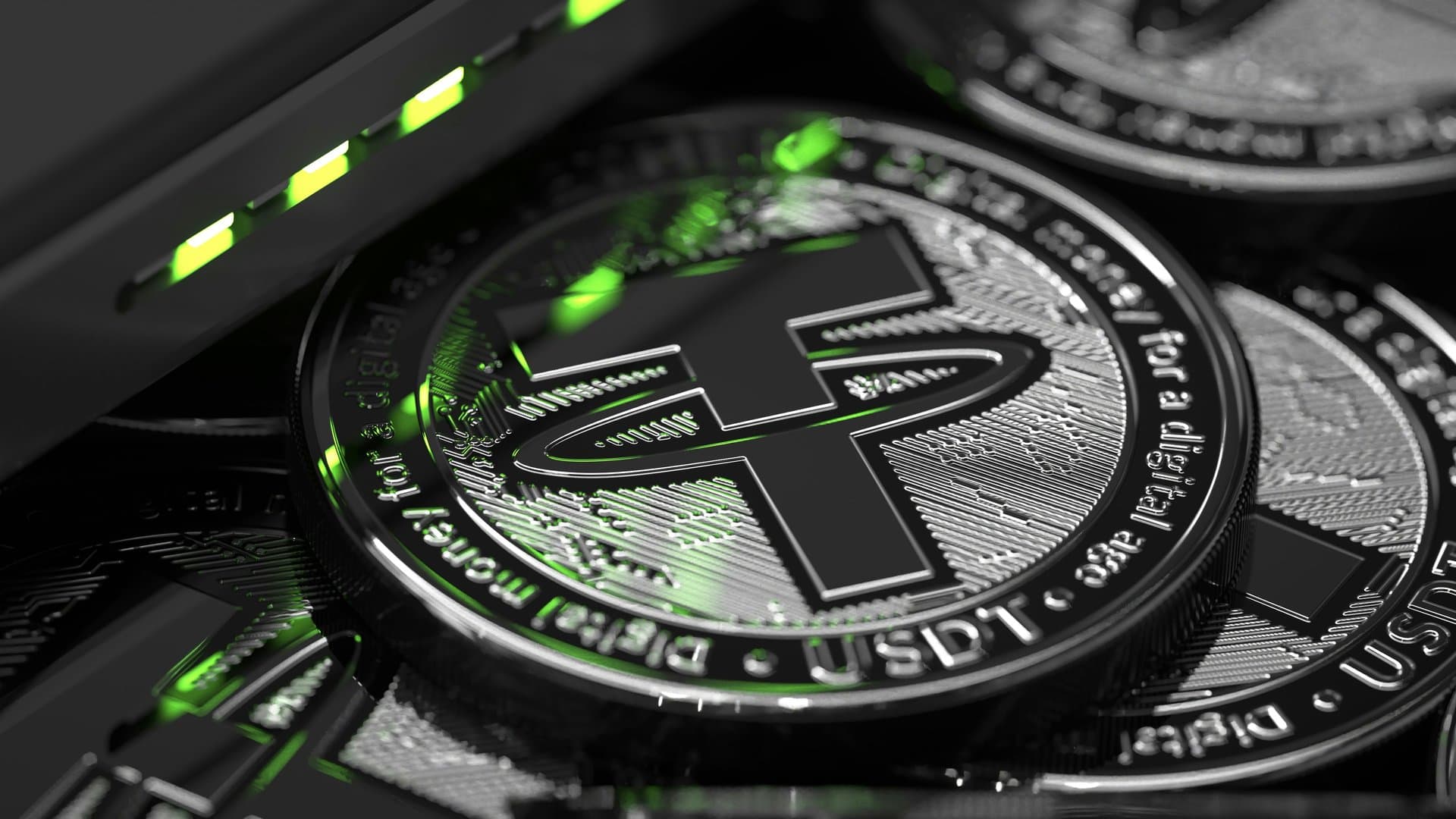Tether and Circle Drive South Korea’s Stablecoin Revolution
Discover how Tether and Circle’s talks with South Korea’s top banks are shaping stablecoin adoption amid evolving regulations and digital finance innovation in Asia’s tech-savvy market.

Key Takeaways
- Tether and Circle engage South Korea’s top banks amid stablecoin surge
- South Korea plans legal frameworks for won-based stablecoins by October
- Major Korean banks and tech firms explore stablecoin partnerships
- Regulatory debates shape stablecoin adoption and compliance
- Stablecoin interoperability and security remain key challenges

South Korea is stepping into the spotlight as a major player in the stablecoin arena. With the government preparing a legal framework for stablecoins pegged to the Korean won, the country’s financial giants are actively engaging with global leaders Tether and Circle. These meetings aren’t just about business—they’re about shaping the future of digital finance in a tech-savvy, crypto-aware market.
Tether’s USDT and Circle’s USDC dominate the global stablecoin market, and their recent talks with South Korea’s top banks signal a strategic push to localize and integrate these digital assets. This collaboration aims to blend innovation with regulation, navigating a landscape where lawmakers and regulators are still hashing out the rules.
In this article, we’ll explore the momentum behind South Korea’s stablecoin adoption, the key players involved, the regulatory environment, and the challenges ahead. Buckle up for a deep dive into how stablecoins are poised to reshape one of Asia’s most dynamic financial markets.
Exploring Stablecoin Momentum
Stablecoins have become the steady heartbeat of the crypto world, offering a digital dollar that doesn’t ride the wild waves of volatility. In South Korea, this concept is gaining serious traction. The country’s tech-savvy population and active crypto exchanges like Upbit make it fertile ground for stablecoin growth.
Tether’s USDT and Circle’s USDC aren’t just global giants—they’re eyeing South Korea as a key market. USDT commands 62% of the stablecoin market, while USDC holds 25.7%, making their presence hard to ignore. The government’s plan to launch a legal framework for won-pegged stablecoins by October adds fuel to this momentum.
This isn’t just about digital coins; it’s about embedding stablecoins into the fabric of South Korea’s financial system. The buzz around won-based stablecoins and regulatory clarity is stirring excitement among banks and fintech firms alike. It’s a moment where innovation meets opportunity, and the stakes are high.
Engaging South Korea’s Banking Leaders
The power players in South Korea’s banking scene are stepping up. Executives from KB Kookmin, Shinhan, Hana, and Woori Bank are in talks with Tether and Circle, signaling a serious push toward stablecoin integration. Woori Bank’s dedicated Digital Asset Team shows just how strategic this move is.
Circle’s President Heath Tarbert is leading the charge, meeting with CEOs like Shinhan’s Jin Ok-dong and Hana’s Ham Young-joo. These discussions cover everything from distribution to technical collaboration. Tether isn’t far behind, with increased Korean staff and planned meetings to deepen local ties.
This isn’t a casual chat over coffee. It’s a high-stakes negotiation aiming to blend global stablecoin expertise with local banking muscle. The goal? To build a stablecoin ecosystem that’s compliant, interoperable, and ready for mainstream use.
Navigating Regulatory Waters
South Korea’s regulatory landscape is a complex dance. The ruling Democratic Party is pushing for won-pegged stablecoin legislation, aiming to foster innovation while ensuring compliance. Meanwhile, the opposition debates interest-generating stablecoins and capital limits, reflecting a cautious approach.
The Financial Services Commission and Bank of Korea are weighing risks like financial stability and cross-border transaction controls. They’re also exploring how central bank digital currencies might coexist with private stablecoins, hinting at a hybrid future.
This regulatory tug-of-war shapes every move stablecoin issuers and banks make. The stakes are high: clear rules could unlock massive growth, while uncertainty could stall progress. For now, collaboration between lawmakers and industry leaders is the best path forward.
Building Technical Bridges
Stablecoins don’t thrive in isolation. Their success depends on seamless interoperability—making sure they work smoothly across banks, payment systems, and exchanges. South Korea’s discussions with Tether and Circle focus heavily on this technical challenge.
Circle’s payment network and Tether’s liquidity models offer blueprints for integration. Banks want to ensure stablecoins can be used for everything from corporate settlements to everyday payments without hiccups. Security is paramount, with KYC and AML protocols front and center.
This technical groundwork is the unsung hero of stablecoin adoption. Without it, even the best digital dollar can stumble. South Korea’s proactive approach to these challenges shows a commitment to building a robust, secure digital finance ecosystem.
Facing Challenges and Future Outlook
Despite the excitement, challenges loom large. Regulatory uncertainty remains the biggest hurdle, with stakeholders awaiting final legislation to guide stablecoin use. The Bank of Korea’s cautious stance reflects concerns over financial stability and compliance.
Interoperability and security aren’t just buzzwords—they’re critical for trust and usability. Ensuring stablecoins can coexist with traditional banking systems and central bank digital currencies requires innovation and vigilance.
Still, the race is on. Korean banks and stablecoin issuers are jockeying for leadership, anticipating growing corporate demand and regulatory green lights. South Korea’s stablecoin journey is unfolding fast, promising to reshape the digital finance landscape in Asia.
Long Story Short
The dialogue between Tether, Circle, and South Korea’s banking titans marks a pivotal moment in the country’s digital finance journey. As stablecoin legislation takes shape, these partnerships could unlock new avenues for cross-border payments, corporate treasury management, and consumer transactions. The relief of clear rules and collaborative innovation promises a more secure and efficient financial ecosystem. Yet, the road ahead is layered with complexities. Regulatory uncertainty, interoperability hurdles, and security concerns demand careful navigation. South Korea’s cautious but forward-looking approach reflects a balancing act between embracing innovation and safeguarding financial stability. For investors, banks, and fintech enthusiasts, this evolving story offers a front-row seat to how stablecoins might become mainstream in Asia. The coming months will reveal whether South Korea can set a global standard for integrating digital assets with traditional finance, blending the best of both worlds into a new financial rhythm.